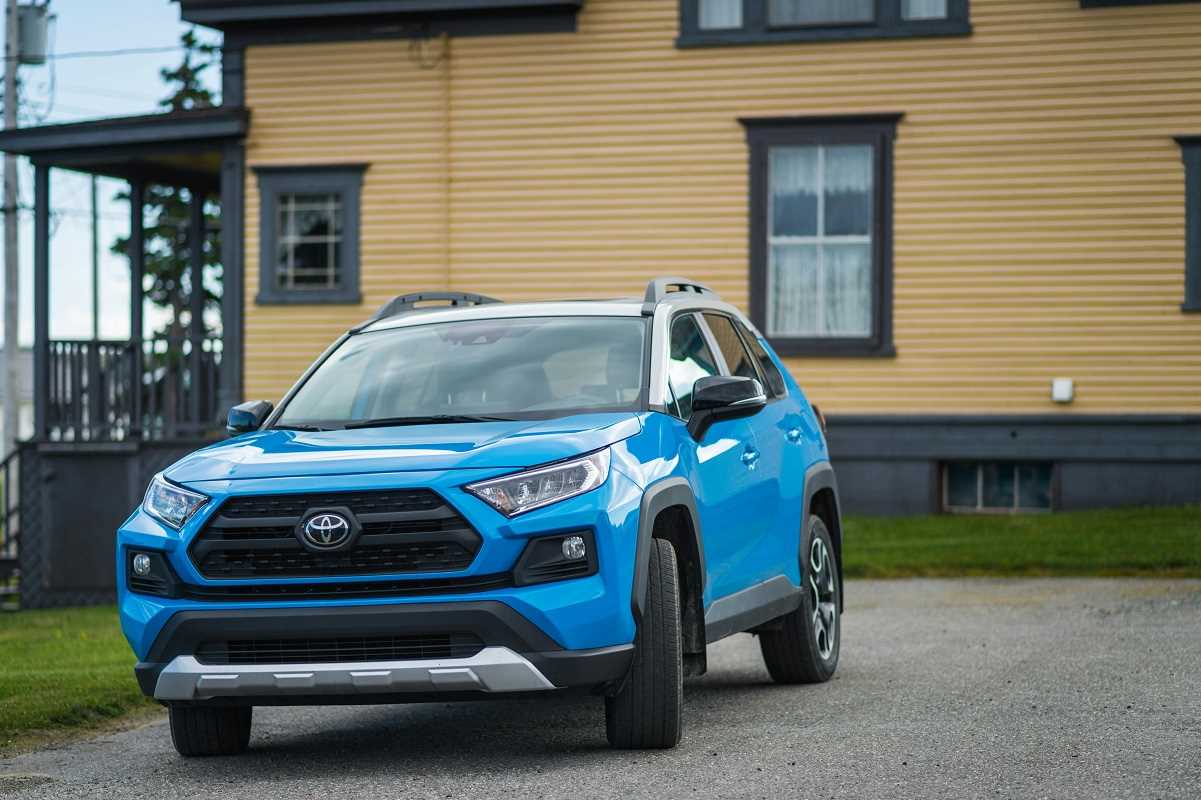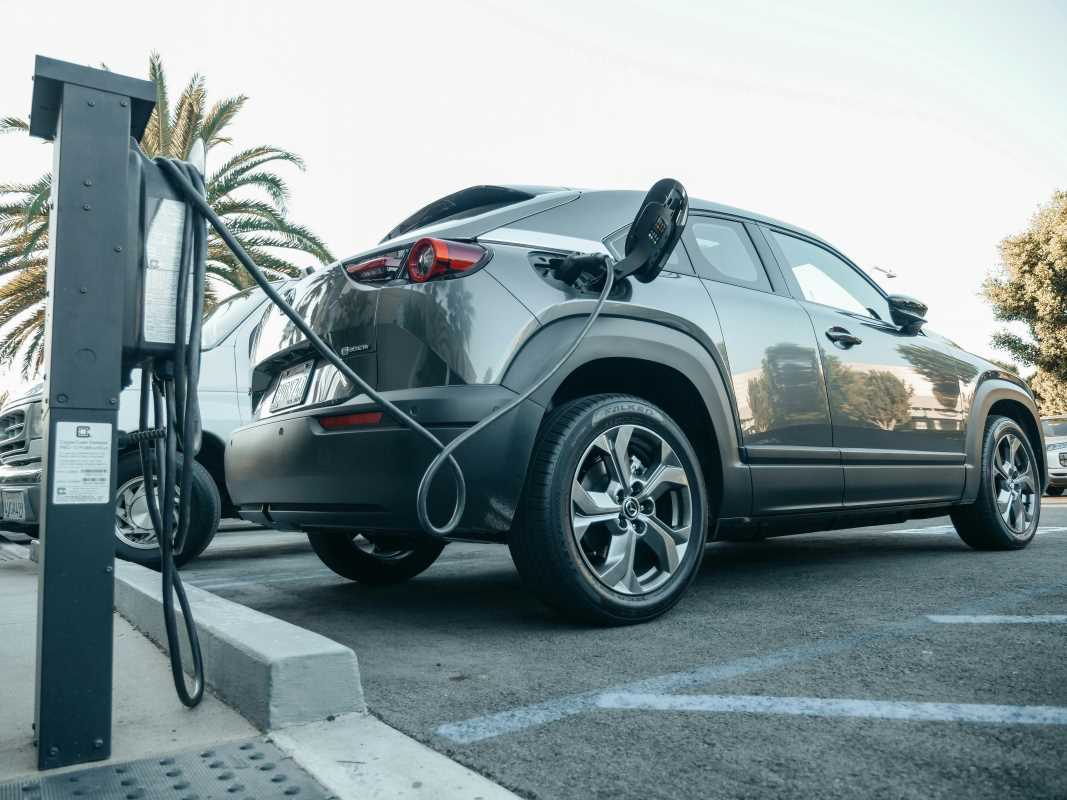Buying a car is a thrilling milestone, but if you’ve ever found yourself staring at financing paperwork, you’ll know the process comes with its fair share of head scratching. At the heart of these calculations lies one pivotal number that can either make or break your budget: the interest rate.
Even a seemingly tiny difference in the rate can translate to hundreds or thousands of dollars over the life of your car loan. Understanding how interest rates affect your monthly car payment is key to making smart financial choices. Buckle up, because we’re about to break it all down.
The Relationship Between Interest Rates and Monthly Payments
Interest rates act as the cost of borrowing money, which means they directly influence how much you’ll pay over the term of your car loan. The higher your interest rate, the more you’ll owe in addition to the car’s sticker price. Imagine you’re buying a car that costs $20,000. Financing it with a 3% interest rate over five years? Not too bad. Financing it at 12%? Suddenly, that dream car feels less dreamy.
Here’s the deal. When you borrow money, the lender charges you interest as a form of compensation. It’s how banks and finance companies make their profit. This rate is applied to your loan balance, and your monthly payments are calculated to account for both the principal amount (the car’s price) and the accrued interest. Think of it like a seesaw. When interest rates go up, so do your payments. When they drop, your monthly burden lightens.
Why Credit Scores Play a Role
Your credit score is the VIP pass to lower interest rates. Or, if it’s on the low side, the not-so-VIP barricade you’ll need to hurdle. Lenders use your credit score to evaluate how risky it is to loan you money. A high score signals you’re responsible and likely to pay on time, scoring you a lower interest rate. A low score? Not so much.
Here’s the kicker. A person with excellent credit might qualify for a 3% interest rate, while someone with poor credit might be offered a loan at 15%. This disparity means that two people buying the exact same car could end up with vastly different monthly payments. Use this as motivation to nurture that credit score. Pay bills on time, reduce debts, and steer clear of the financial potholes.
- A high credit score can make big purchases significantly more affordable.
- Regularly monitoring your credit report helps identify errors and improve your score.
- Having a strong credit profile gives you more negotiation power at the dealership.
Even before you step foot onto the lot, check your credit score and consider improving it if needed. It might take some time, but it will save you serious cash down the road.
How Loan Terms Can Tip the Scales
Loan terms and interest rates go hand in hand, and it’s essential to see how they interact. Generally, car loans range from three to seven years. While longer loan terms might sound appealing thanks to smaller monthly payments, they usually come with a catch in the form of higher interest rates. This is because lenders charge more interest to compensate for the extended risk of lending money over a longer period.
What does this look like for you? Imagine financing a $25,000 car at an interest rate of 5%. Opting for a three-year loan means higher monthly payments but lower total interest costs. Stretching it to seven years? Your payments shrink, but the total interest climbs significantly, making the car cost more in the end. It’s a bit like buying an outfit on layaway but paying extra for the privilege.
Balancing the loan term and interest rate is a bit of a juggling act. Shorter terms save you money overall, while longer ones make payments easier in the short run. Decide based on your financial comfort zone.
The Fine Line Between Fixed and Variable Rates
When financing a car, you’ll likely encounter the choice between fixed or variable interest rates. A fixed rate remains consistent throughout the term of the loan, offering predictability and stability. You’ll know exactly what you owe each month without worrying about market fluctuations.
Variable rates, on the other hand, can change over time depending on economic trends or shifts in the market. While they might start off lower than fixed rates, they come with a gamble. If interest rates rise, your payments could balloon, leaving your budget more stretched than a pair of old sweatpants.
Most borrowers prefer fixed interest rates for peace of mind, especially when crafting a budget. But if you’re a financial daredevil who anticipates a falling-rate market, variable rates might be worth considering. Just make sure you’re ready for the financial ride they can bring.
Comparing Interest Rates Across Lenders
Shopping for a car loan is like shopping for a car itself. Different lenders offer wildly different interest rates, and not all deals are created equal. Your local bank, credit union, or even online lenders might each present unique offers. Comparing these options lets you find the best fit for your financial needs.
Some dealerships also offer in-house financing, though these rates are often higher than what traditional lenders provide. On the flip side, promotional rates (like 0% APR finance deals) can sweeten the pot, but only certain buyers qualify for them. Pay attention to the fine print and don’t be afraid to ask questions.
The Hidden Costs of Ignoring Rates
It’s easy to fixate on the car’s sticker price and overlook the role interest plays. But here’s the thing, the rate you lock in today could significantly impact your financial future. Overlooking this key detail could cost you thousands of dollars in avoidable interest.
Take an example. Two buyers each finance a $30,000 car over five years. One secures a loan with a 3% interest rate and the other at 8%. At 3%, the total interest paid over five years is about $2,400. At 8%, it balloons to over $6,500. That’s a difference of $4,100 that could’ve been avoided.
Ignorance isn’t bliss when it comes to interest rates. Knowledge is power, especially when it affects your wallet.
Small Rate Changes Have Big Effects
Don’t underestimate the impact of slight fluctuations in interest rates. A 1% rate difference might seem trivial in conversation but packs a punch when applied to large sums of money. For example, on a $15,000 car loan financed over five years, reducing your rate from 5% to 4% saves you about $400.
Given that many people finance cars, these savings can add up across millions of drivers. It’s worth taking the time to find a rate that works in your favor, even if it requires a bit more effort initially.
Planning for Long-Term Affordability
An interest rate might seem like just another line on the paperwork, but it determines how much car you can afford comfortably. If rates are high, it’s a good idea to scale back your car choice. Avoid stretching your budget to the max over a shiny new model. Remember, a modest car with a lower payment beats a flashy one that leaves you financially strapped.
Understanding interest rates also equips you with better decision-making skills for refinancing in the future. If rates drop, you could refinance an existing loan to lock in lower payments, saving yourself money over time. Always think about the bigger picture when signing on the dotted line.
The Takeaway
Interest rates are more than just numbers; they’re the invisible hand shaping your car payments and financial future. By paying close attention to credit scores, loan terms, and lender options, you can wield interest rates to your advantage. Whether you’re buying your first car or your fifth, a little extra knowledge about how rates work can save you money, stress, and maybe even a smile when you see that monthly bill.
Driving off in your dream car feels a lot better when you know you’ve secured a deal as sweet as the ride itself.
 (Image via
(Image via





